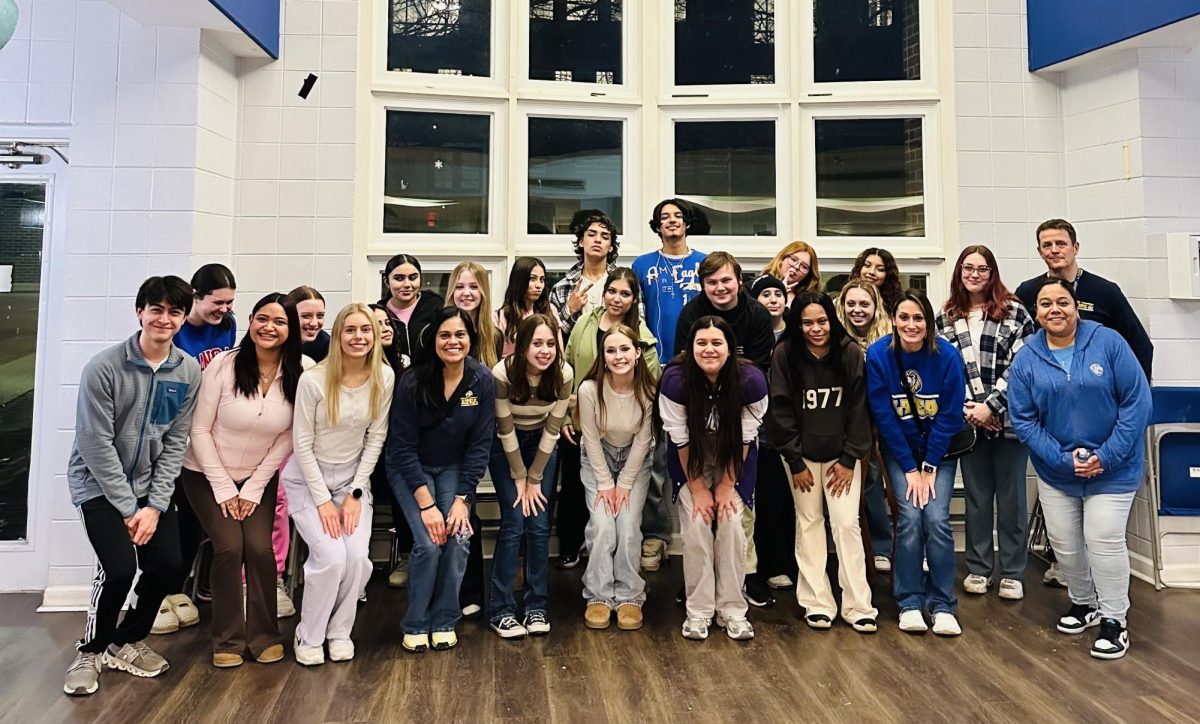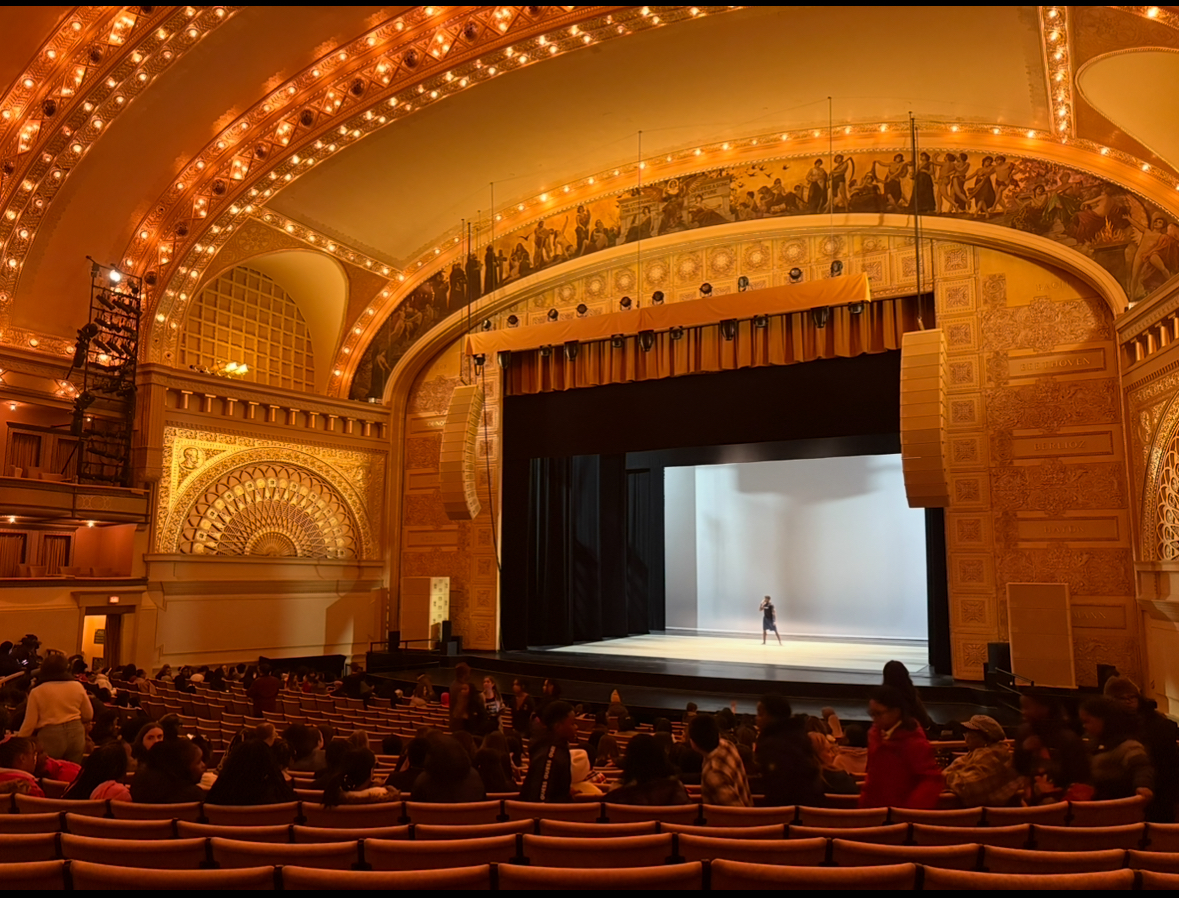Money well spent
by: Maddie Walsh
As a junior, I have experienced eating lunch at both NC and SC. It’s likely that many of my classmates would agree that eating lunch in the SC cafeteria is unpleasant.
The first issue with the SC lunchrooms is the fact that freshmen and sophomores are separated from each other in two different cafeterias. This is a poor setup because different grade levels should be able to interact and sit with one another at lunch. This is especially important at SC because of LT’s unique split campus system. Having two different campuses can make students feel even more separated from other grade levels.
One of the reasons I enjoy eating lunch at NC better is because of the shared lunchroom for juniors and seniors. I like being able to see my friends who are seniors because there aren’t many other points in my day where I can see them. It’s very important for students to get the opportunity to connect outside of the classroom.
Another issue with the SC cafeteria is the size and the overall vibe of the rooms. The cafeterias at SC are pretty small and dark with not a lot of natural light. Because of this, the cafeterias feel very congested and aren’t as desirable to eat in. The small size also affects the speed in which students receive their food when buying lunch. If you are at the end of the lunch line, you may not receive your food for up to 15 or 20 minutes. This is very inconvenient for students.
Since lunch periods are 25 minutes, only five minutes would be left for them to eat their food. This can create unnecessary stress for students who choose to buy lunch. When buying food at the cafeteria at NC, the wait time is cut down significantly because of the much bigger size which allows students much more time to sit down and eat their food with their friends.
Not only is there a shorter wait time for food at NC, but there are also more options in general. I remember being shocked when I walked into the cafeteria on my first day of junior year. I discovered that sandwiches, chicken tenders, soup, salads, bosco sticks, and more were served daily.
At SC there isn’t as much kitchen space, so there are very few options and there aren’t as many items that are served daily. Students don’t like the lack of variety and putting money into a new cafeteria would give students more options for their lunch.
The cafeterias at SC are very outdated in general and can cause a lot of frustration for students. It is very important that a large school with as many students as LT has an open space to eat and have a break within the long school day.
It is vital that the $30 million is spent on cafeteria renovations and other facilities in the school. Having an open and modernized space to eat lunch significantly improves the school day and the student body’s overall mood.
Inaccessible extravagance
by: Aero Gartner
Throughout my time as a student at NC, I’ve never bothered with an elevator key. Despite my 504 plan stipulating that as a disabled student I would be given one if needed, I never found it to be worth the trouble. NC houses approximately 2,000 students every year, and yet, they have only provided us with one elevator to serve the entire disabled community and all injured students in the student body.
Not only is the elevator slow and overcrowded, but according to some daily users, it is regularly out of service or going under repairs. For some disabled students, this means they must force themselves up flights of stairs that put themselves in potential danger. For wheelchair users, the issue presented is even more complex.
A multitude of classrooms in the building are not wheelchair accessible. The majority of the science rooms, for example, have tiered seating that is bolted in place, leaving no simple option for wheelchair bound students that doesn’t exclude themselves from the rest of the class. Certain rooms look similar to that of a lecture hall, and in order to enter the room, a small flight of stairs must be ascended.
The issues presented for disabled students at LT are not easy fixes, but with the school maintaining an attitude that places disabled people low on their list of priorities, it’s no wonder the chronic truancy rates are so high. Students with physical disabilities often resort to simply staying home over braving the physical exertion and ostracization that is ever prevalent at the school.
There are many steps that the administration has taken to include disabled people in their conversation, but more still needs to be done. The longer disabled students are put last, the worse the truancy rates become, the worse the student body’s mental and physical health becomes. And, what seems to be one of their biggest concerns, the lower the school’s funding gets.
This isn’t to ignore the fact that there are equity issues present with the SC cafeteria. With the current cafeteria, students who buy lunch at school will spend up to 15 minutes in line, leaving only a 10 minute period to actually eat their food. Along with this, separating the freshmen and the sophomores has created issues with friends in different grades being unable to see each other and socialize.
However, spending such a large sum of their budget on what has been described by students as a “High School Musical”-esc cafeteria and help center when there are so many glaring accessibility issues present throughout the buildings is an irresponsible use of funds.
The opportunity to make big improvements to the buildings with this substantial budget comes once every decade, and accessibility should always be a first priority. The updates may not be necessarily flashy, but they are an absolute necessity. The population of students who are wheelchair bound is small, but not nonexistent. The population of disabled students is an important demographic of the school that can not continually be ignored. This round of improvements would have been a perfect opportunity to show the community that LT cares. Instead, from a disabled student’s perspective, it became another glaring example that makes it seem like they don’t.



















![Movie poster for '[Rec]" (2007).](https://www.lionnewspaper.com/wp-content/uploads/2023/04/rec-640x900.jpg)





